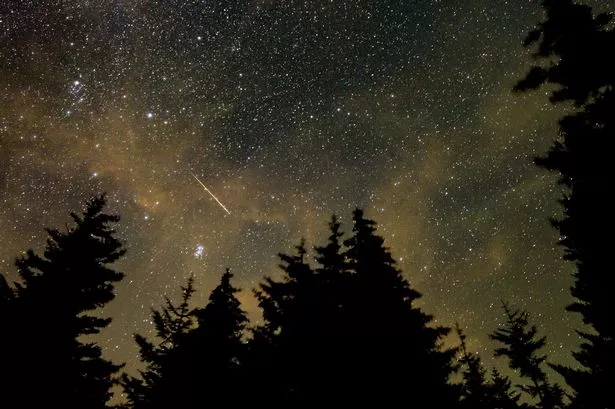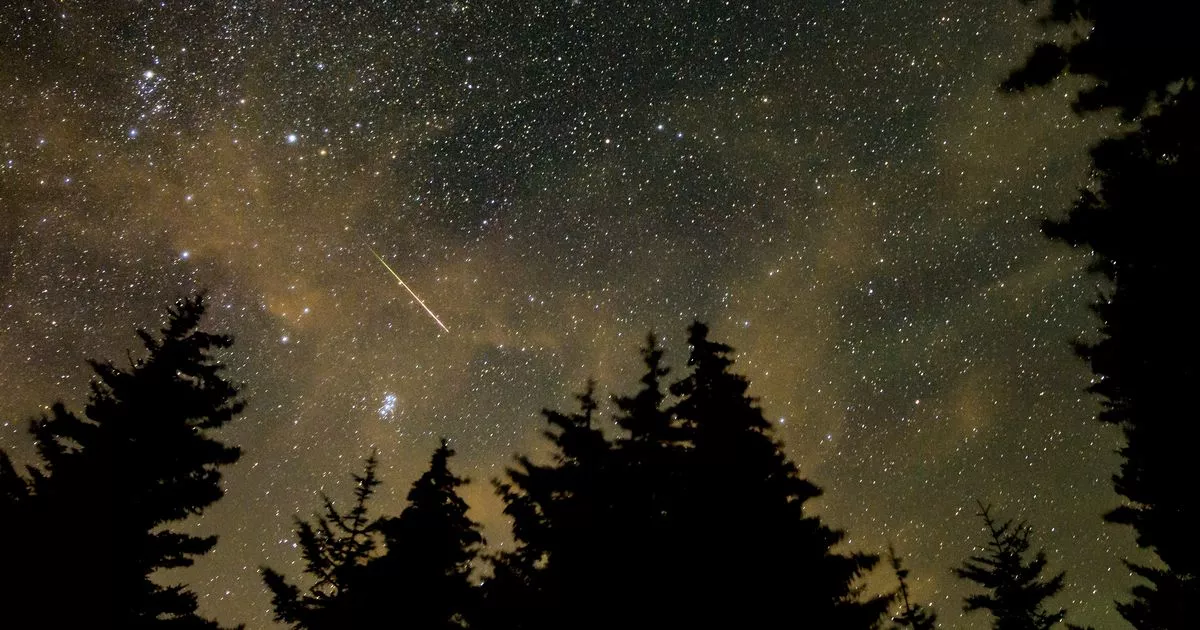There are plenty of meteor showers that can be enjoyed from Earth every year A meteor streaks across the sky during the annual Perseid meteor shower, (Image: 2021 NASA/Bill Ingalls/Getty Images)
A meteor streaks across the sky during the annual Perseid meteor shower, (Image: 2021 NASA/Bill Ingalls/Getty Images)
Meteors can often be spotted burning across the sky at incredible speeds. Meteors, often called “shooting stars,” are small space rocks, called meteoroids, that burn up as they enter Earth’s atmosphere.
There are plenty of meteor showers that can be enjoyed from Earth every year, perhaps the most spectacular of all is the Perseids, when this shower happens it is a point of interest for fans of astronomy as it is considered the best meteor shower of the year.
It is famous for its swift and bright meteors, Perseids frequently leave long “wakes” of light and colour behind them as they streak through Earth’s atmosphere. The Perseids are one of the most plentiful showers with about 50 to 100 meteors seen per hour.
According to NASA: “Meteors come from leftover comet particles and bits from broken asteroids. When comets come around the Sun, they leave a dusty trail behind them.
“Every year Earth passes through these debris trails, which allows the bits to collide with our atmosphere and disintegrate to create fiery and colourful streaks in the sky.”
The Perseids are best viewed in the Northern Hemisphere during the pre-dawn hours, though at times it is possible to view meteors from this shower as early as 10pm.
The Royal Museums Greenwich says the Perseid meteor shower is active between July 17 and August 24, with the shower peaking on August 12. However, this year the ”shooting stars” may not be as visible as previous years, the meteor shower falls three days after the Full Moon.
This means viewing conditions won’t be optimal as the light from the Moon can dim the objects around it. The long duration of the meteor shower means there are plenty of opportunities to catch a glimpse of a meteor or two making its way across the sky.
The shower will appear to radiate from the constellation of Perseus, so it is recommended that you find a dark spot and look there for the best chance of seeing some shooting stars.
Perseids Meteor Shower
Comet of origin: 109P/Swift-Tuttle
Radiant: Constellation Perseus
Active: July 17 to August 23, 2025
Observed under dark skies: About 25 meteors per hour
Meteor Velocity: 37 miles per second, according to American Meteor Society
